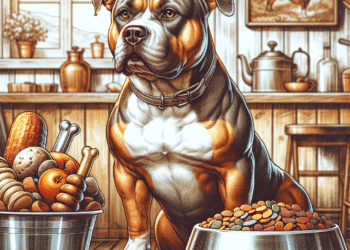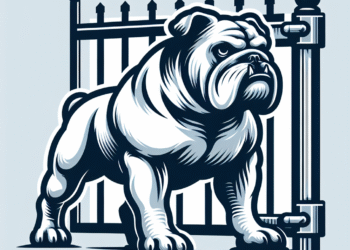As more individuals aspire to achieve a Hercules-like physique, the quest for optimal muscle growth often leads to one key dietary strategy: high-protein diets. These diets have gained popularity in fitness circles, promising not just muscle gains but also improved recovery and performance. But what does the science say? This article delves into the mechanisms behind high-protein diets and their role in bulking up.
Understanding Muscle Growth
To grasp the significance of protein in muscle development, it’s essential to understand the basic process of muscle hypertrophy. Muscle growth occurs through a series of complex physiological responses to resistance training combined with nutritional support. When you engage in weightlifting, microscopic tears occur in muscle fibers. The body repairs these fibers using amino acids derived from protein, thus increasing muscle size and strength.
The Role of Protein
Proteins, composed of amino acids, are the building blocks of muscles. There are 20 amino acids, of which nine are considered essential, meaning the body cannot synthesize them and they must be obtained from food.
-
Muscle Protein Synthesis (MPS): One of the primary mechanisms by which protein contributes to muscle growth is through muscle protein synthesis. Consuming protein after workouts boosts MPS, enabling muscle repair and growth.
-
Leucine and the mTOR Pathway: Research indicates the amino acid leucine plays a crucial role in stimulating the mechanistic target of rapamycin (mTOR) pathway, a key regulator of cell growth and muscle hypertrophy. Foods rich in leucine, such as whey protein, chicken, and soy, can trigger significant muscle-building responses.
- Prevention of Muscle Breakdown: High protein intake can also help prevent muscle breakdown through a process known as muscle protein breakdown (MPB). By maintaining a favorable balance between MPS and MPB, individuals can enhance muscle mass.
Calculating Your Protein Needs
Determining how much protein you need depends on various factors, including age, sex, weight, and activity level. For those looking to bulk up, recommendations generally range from 1.6 to 2.2 grams of protein per kilogram of body weight.
Example Calculation:
- A 70 kg (154 lb) male aiming to bulk might target about 112 to 154 grams of protein daily.
The Timing of Protein Intake
Timing can be as important as the quantity of protein consumed. Research suggests that spreading protein intake throughout the day, particularly around training sessions, can optimize MPS.
-
Pre-Workout: Consuming protein before workouts can provide amino acids that may enhance performance and MPS.
-
Post-Workout: One of the most critical times for protein consumption is post-workout. A meal or shake containing protein within 30 minutes to two hours after exercise is often recommended for maximizing recovery and growth.
- Evening Protein: Some studies suggest that consuming a source of protein before bed may further support overnight muscle repair and synthesis.
Types of Protein Sources
High-protein diets can include a variety of food sources:
-
Animal-Based Proteins:
- Lean meats: Chicken, turkey, beef, and pork.
- Fish: Salmon and tuna are not only high in protein but also provide healthy fats.
-
Dairy:
- Greek yogurt, cottage cheese, and milk are excellent protein sources that also offer calcium.
-
Plant-Based Proteins:
- Legumes: Lentils, chickpeas, and black beans are good options for vegetarians and vegans.
- Nuts and seeds: Almonds, chia seeds, and hemp seeds deliver substantial protein along with healthy fats.
- Protein Supplements:
- Whey protein is a fast-digesting option that’s popular among athletes, while plant-based protein powders (e.g., pea, brown rice) cater to those avoiding animal products.
Risks and Considerations
While high-protein diets can be beneficial for muscle growth, there are considerations to keep in mind:
-
Kidney Health: Excessive protein intake may strain kidneys in individuals with pre-existing issues, though studies show healthy individuals can tolerate high protein without adverse effects.
-
Balance: Following a diet excessively high in protein at the expense of other macronutrients can lead to nutrient deficiencies. A well-rounded diet including carbohydrates and healthy fats is crucial for overall health and performance.
- Sustainability: It is essential to choose protein sources that align with personal values (such as ethical consumption) and dietary preferences to ensure long-term adherence.
Conclusion
Bulking up through high-protein diets is rooted in robust scientific principles of muscle physiology. By understanding the role of protein, calculating individualized needs, timing intake, and selecting appropriate food sources, aspiring muscle titans can maximize their muscle-building potential. However, it’s important to approach dietary changes thoughtfully, maintaining a balanced and nutritious diet alongside rigorous training for optimal results. Whether you’re a seasoned athlete or a beginner, embracing the science of protein can help you carve out the sculpted physique you desire.















